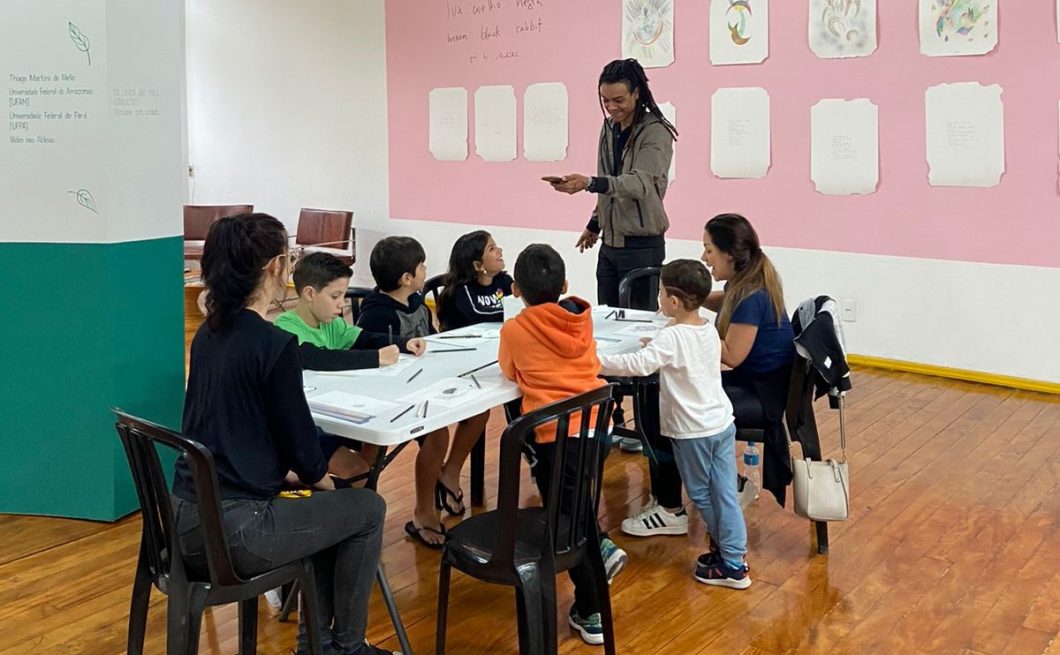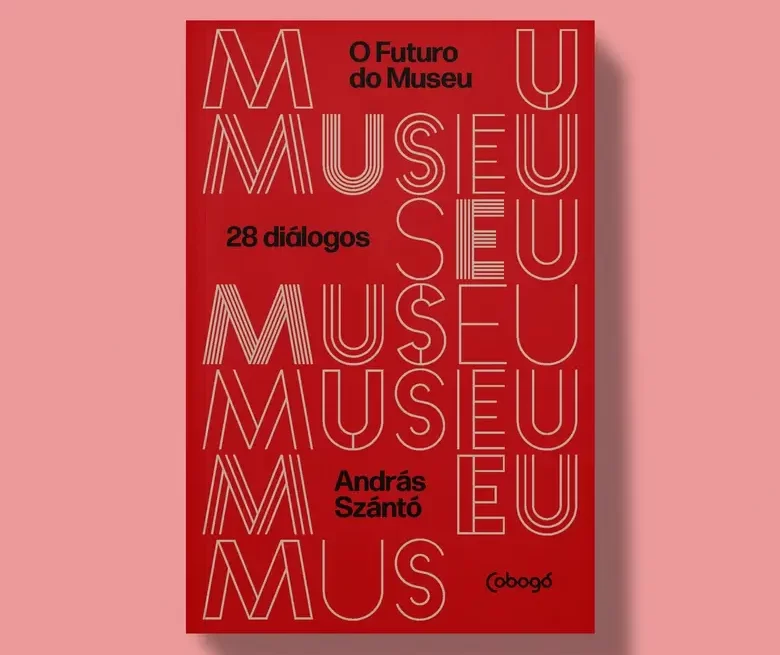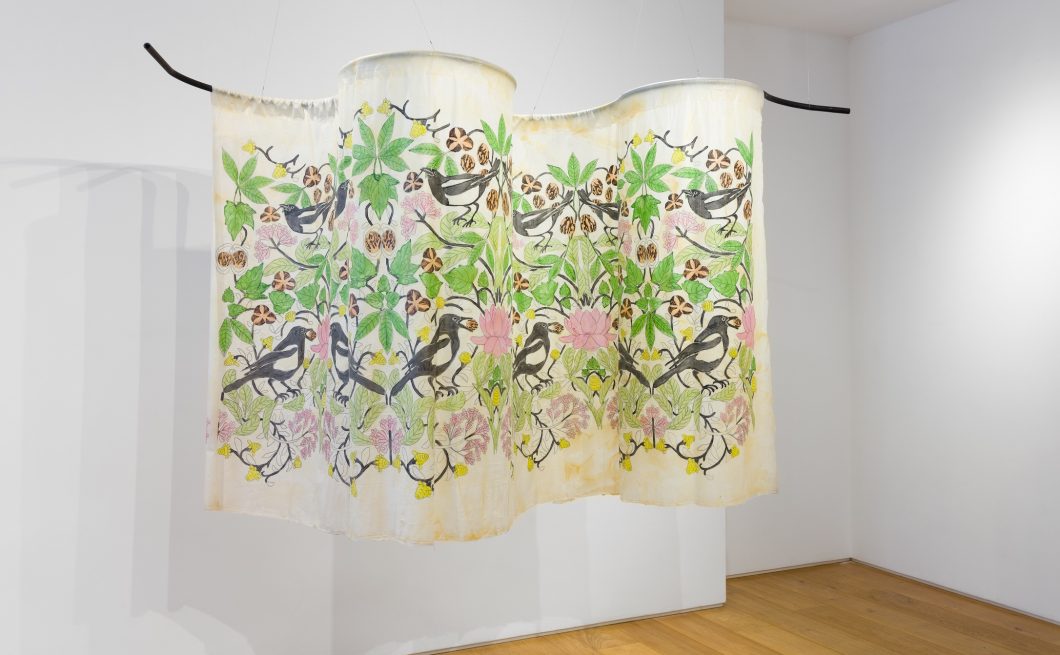Peruvian artist Peconquena holds a creative process workshop at Inclusartiz Cultural Center

By invitation from the Wild Studies Cycle, the native of the Shipibo-Konibo indigenous people also took part in discussions with editor Anna Dantes and curator and art critic Paulo Herkenhoff
On October 22, Instituto Inclusartiz held, in partnership with Ciclo de Estudos Selvagem (Wild Studies Cycle), a creative process workshop with artist Lastenia Canayo, from the Shipibo-Konibo indigenous people, native to the Peruvian Amazon. Better known as Peconquena, the artist shared with the public her techniques and her animistic vision of nature, which allow her to capture, through drawing, painting and embroidery, representations of beings who are protectors of the environment. The workshop was followed by a round of discussion that included the participation of editor Anna Dantes and curator and art critic Paulo Herkenhoff.
The Peruvian artist came to Brazil to promote the launch of the book “Master Plants, tobacco and ayahuasca,” by Jeremy Narby and Rafael Chanchari Pizuri, which features her illustrations. The name Peconquena, which in her dialect means “woman who calls the colors,” was given to her by her grandmothers. Also from her female lineage came the gift of experiencing subtle connections with other kingdoms of nature. The eldest daughter of six siblings, she has enjoyed painting since she was a child and said she is the only one who carries on and maintains this gift.

Her creations are inspired by what she learned from her ancestors and in her dreams. She sees the owners of the plants and materializes them in handmade arts: drawings, paintings, embroidery, sculptures and ceramics. The owners are the guardians, spirits in charge of protecting plants and animals and giving them powers to act and transform the world. They are also spirits that take care of the understanding between humans and forces of nature. Peconquena accesses those dimensions and offers vibrant hints of worlds where color heals.






